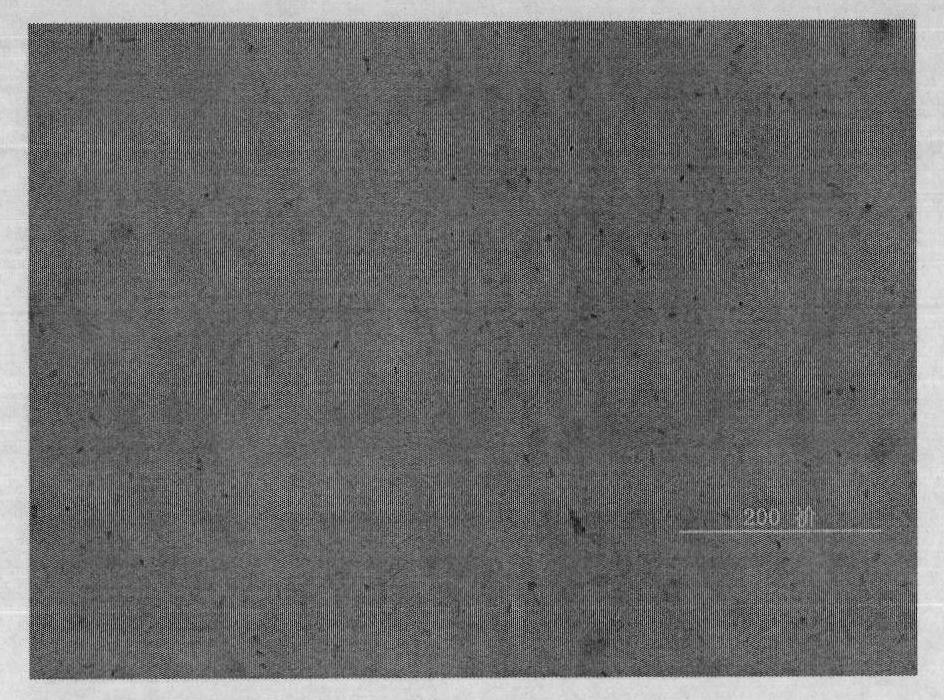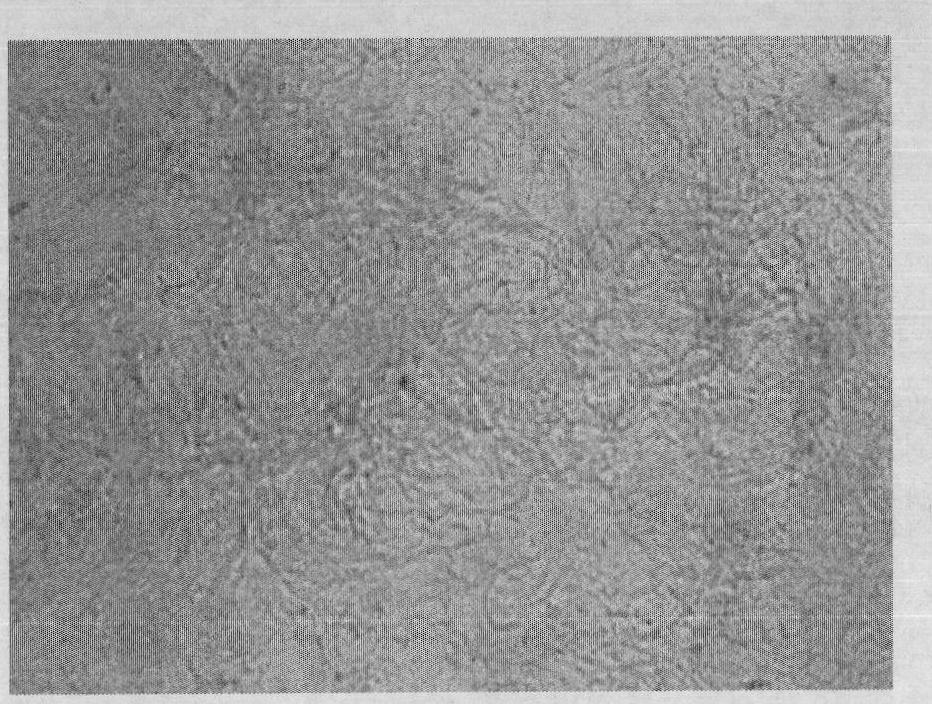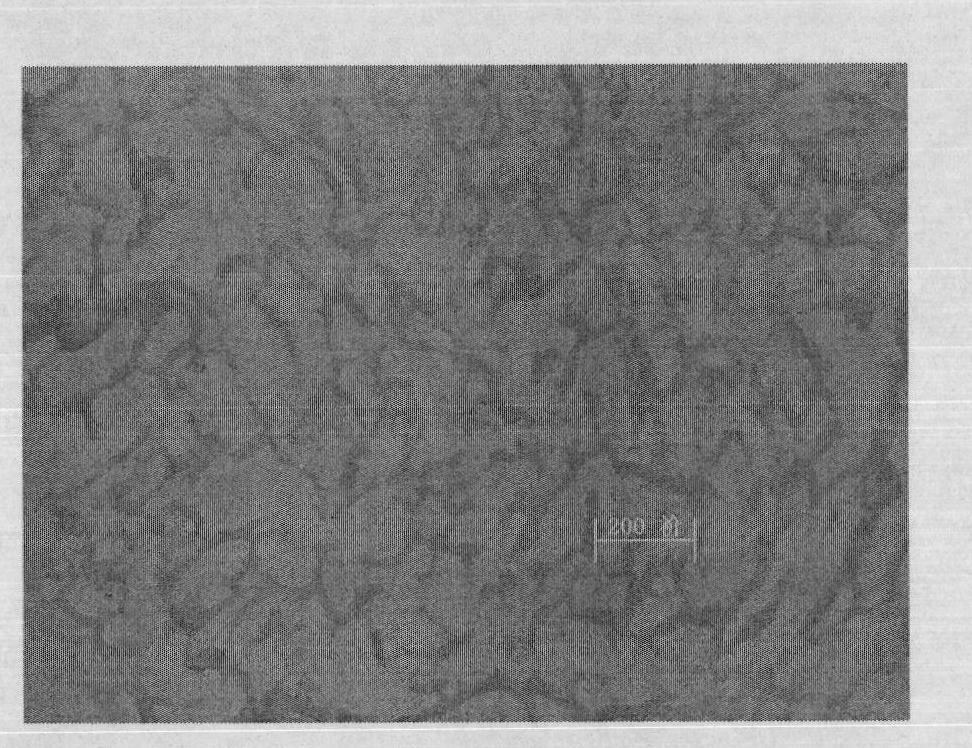Scaffolds of umbilical cord decellularized Wharton jelly for tissue engineering and preparation method thereof
A tissue engineering and decellularization technology, applied in medical science, prostheses, etc., can solve the problems of product acidity, unfavorable cell adhesion, easy to cause inflammation, etc., and achieve low cost, good repeatability, and good biophase capacitive effect
- Summary
- Abstract
- Description
- Claims
- Application Information
AI Technical Summary
Problems solved by technology
Method used
Image
Examples
Embodiment Construction
[0040] The present invention is further described through examples below, it should be understood that these examples are for illustration purposes only, and in no way limit the scope of the present invention.
[0041] 1. Preparation method
[0042] The umbilical cord decellularized Wharton glue three-dimensional porous sponge scaffold was prepared according to the following steps:
[0043] 1. Take the human umbilical cord, peel off the umbilical cord adventitia and vascular tissue (two arteries, one vein) under sterile conditions, cut the remaining tissue into pieces (1-2cm), rinse with distilled water for 3 times, and then soak in three distilled water Place at -10°C, hypotonic freeze-thaw for 24 hours, then soak and stir with 1% hydrogen peroxide for 5-10 minutes, then rinse with distilled water 3-5 times, the volume ratio of hydrogen peroxide to tissue is 2:1, the purpose is to make the tissue bulky , which is conducive to the destruction and detachment of cells in the ti...
PUM
 Login to View More
Login to View More Abstract
Description
Claims
Application Information
 Login to View More
Login to View More - R&D
- Intellectual Property
- Life Sciences
- Materials
- Tech Scout
- Unparalleled Data Quality
- Higher Quality Content
- 60% Fewer Hallucinations
Browse by: Latest US Patents, China's latest patents, Technical Efficacy Thesaurus, Application Domain, Technology Topic, Popular Technical Reports.
© 2025 PatSnap. All rights reserved.Legal|Privacy policy|Modern Slavery Act Transparency Statement|Sitemap|About US| Contact US: help@patsnap.com



